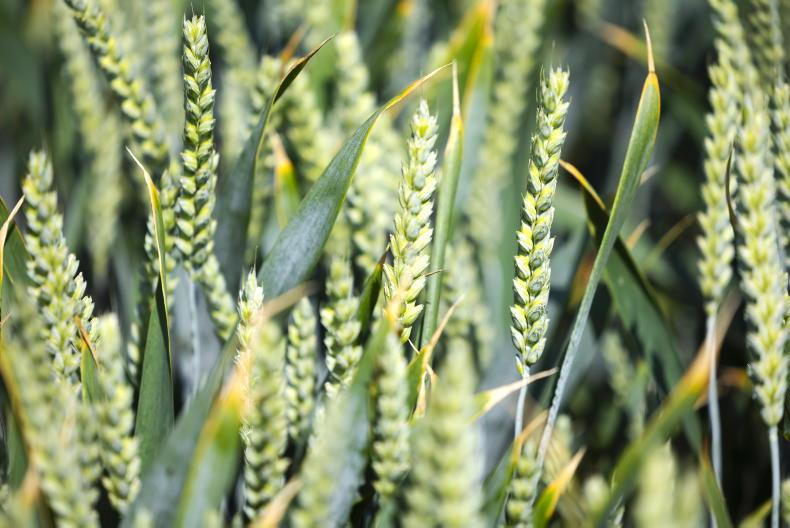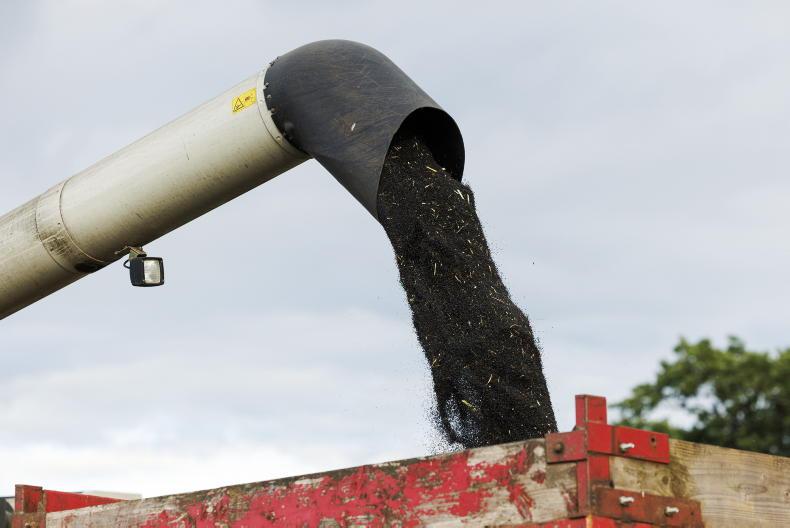Markets have been relatively steady for most of the past week, with less up and down price movement.
The MATIF December futures closed at €326.25/t last Friday, having been at €326.50/t on the previous Tuesday.
On Tuesday of this week, it dropped a little to settle at €324.75/t, but was back up above €325/t again on Wednesday morning.
Movement of grain out of Ukraine continues to affect market sentiment, but many uncertainties remain.
Weather factors continue to influence 2022 production numbers, with ongoing concerns about dryness issues. The risk of recession is also continuing to affect markets on the demand side.
While ships are moving maize from Ukraine – an estimated 243,000t up to early this week – about one-third of the ships carried soyabeans, sunflower oil and sunflower meal also.
Weather still a factor
Weather continues to be an issue for global production prospects and market uncertainty. With the bulk of the small-grains harvest now completed in the northern hemisphere, weather is mainly an issue for maize and soyabeans.
The US is the main focus currently because crops there are moving through or past their critical flowering stage. This is an important period for yield formation in these crops.
Nearer to home, France is again being hit by extreme heat and drought, which is detrimental for maize. Output is already estimated to be down about 18.5% on last year due to a combination of reduced area and lower yield expectation and the latter may only get worse.
The recent AHDB report indicated that harvest progress in Russia has been slower than normal. This is due to a combination of a cold spring, recent rain and a lack of equipment for foreign machines.
The ministry there has reportedly indicated that it may reduce its 50Mt export forecast if its harvest does not reach the 130Mt target.
Native prices
Physical prices remain volatile, but within a smaller range than in previous weeks.
Spot prices are difficult, because grain going to market now is having to be sold due to storage pressure.
This generally means price discounting to buy movement, but it may only last for a few weeks.
November prices are a better guide of the market at this point. Dry wheat remains in the €345 to €350/t range, with barley around €330 to €335/t.
Barley price in particular is constantly aligned to the price of imported maize, which has been steady in recent weeks at either side of €330/t depending on the purchase position.










SHARING OPTIONS